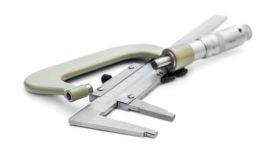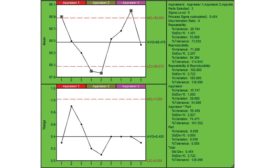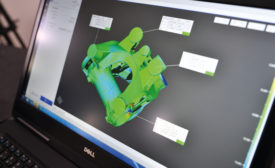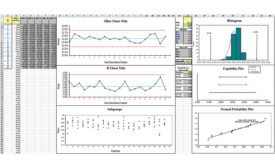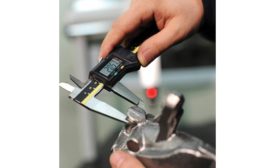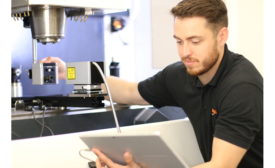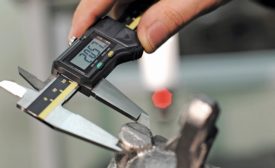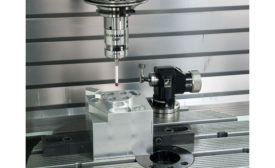Home » Keywords: » Gage R&R
Items Tagged with 'Gage R&R'
ARTICLES
Strong gage management and tracking impacts a manufacturer's ability to grow, experts say.
Read More
An R&R Study
In most situations, you're likely to be surprised by the amount of R&R error detected.
June 30, 2020
3D Scanning with Metrology
Metrology applications can benefit from the speed and data available from 3D scanning.
July 1, 2019
Automating Quality in Manufacturing
Automating quality in manufacturing is rarely a one-size-fits-all decision.
January 1, 2019
Before your analysis, take these steps: Assuring reliability in data collection
If you are measuring product characteristics to monitor quality and don’t perform R&R studies, a cloud of uncertainty surrounds your results.
September 8, 2018
Seven Ways Gage Management Improves Product Quality and Enables Growth
Manufacturers can significantly improve their visibility into operations through gage repeatability and reproducibility (GR&R) studies.
June 8, 2018
Selecting the Right Calibration System
A calibration expert offers some suggestions.
May 9, 2018
Missing the Point: Gage Variability and Operational Definitions
Clear operational definitions can prevent chaos.
April 16, 2018
Predictive Controls Level the Playing Field for the Next Manufacturing Workforce
Students at the Center for Manufacturing Innovation use automated setting for fast, accurate and repeatable metal cutting operations.
February 6, 2018
Stay in the know with Quality’s comprehensive coverage of
the manufacturing and metrology industries.
eNewsletter | Website | eMagazine
JOIN TODAY!Copyright ©2025. All Rights Reserved BNP Media.
Design, CMS, Hosting & Web Development :: ePublishing
